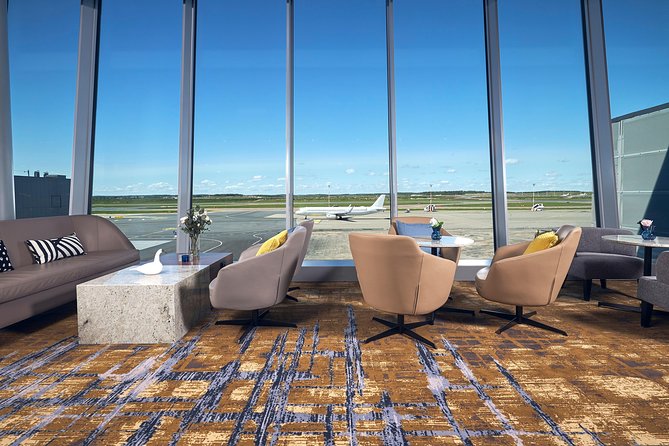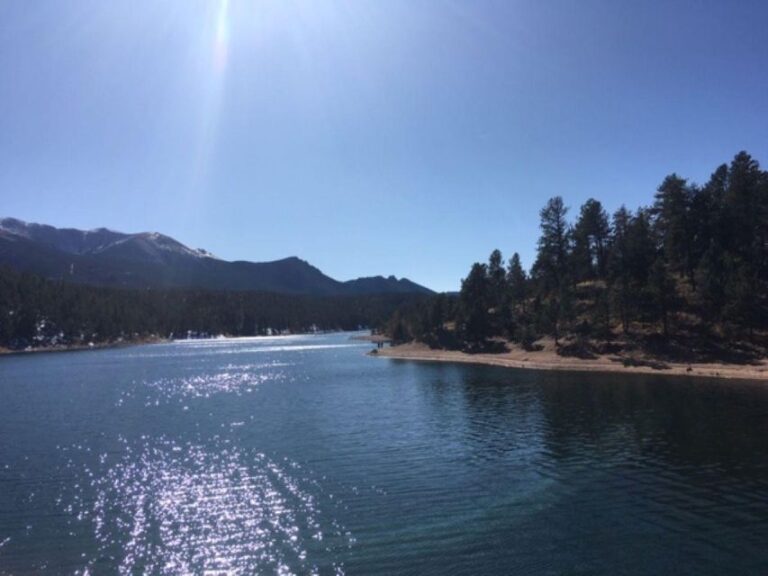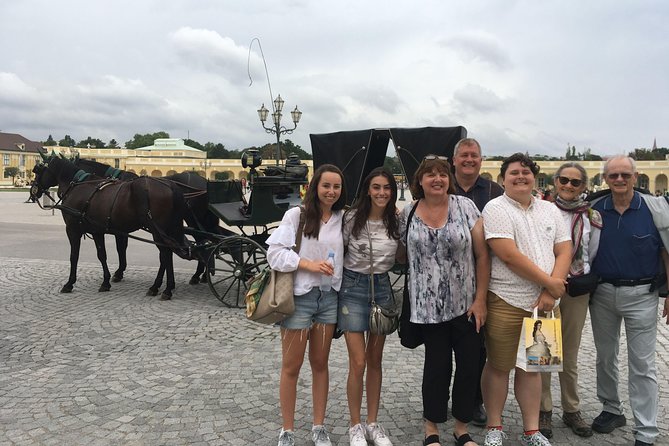The Rummelsburg district of Berlin has long been a canvas for artistic expression, reflecting the area’s rich historical tapestry and modern transformation. Once defined by institutions like the infamous Rummelsburg prison, this vibrant neighborhood now showcases a dynamic cultural environment where artists draw inspiration from the juxtaposition of historical landmarks and contemporary developments. Visitors can explore this unique blend of history and innovation, discovering how Rummelsburg’s past continues to shape its present-day artistic landscape. What secrets lie within this storied district, waiting to be uncovered?
Key Points
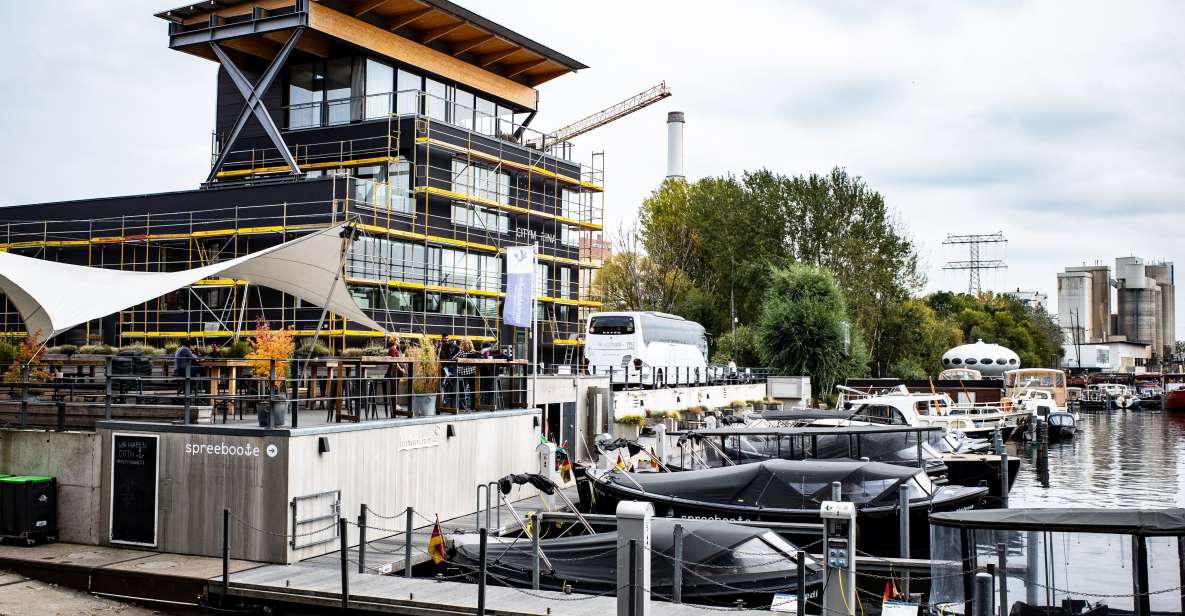
- Rummelsburg’s rich history includes institutions that housed marginalized groups like the poor, homeless, and ‘asocials’ during the German Empire and GDR era.
- The former Rummelsburg prison, now converted into an apartment hotel, symbolizes the area’s transformation from a site of confinement to a vibrant modern community.
- The Klingenberg power station and municipal river bathing facility are notable landmarks that highlight Rummelsburg’s industrial and recreational heritage.
- The guided tour explores the biographies of those deemed ‘asocial’ and the significance of Rummelsburg’s landmarks in reflecting the region’s complex historical legacy.
- Rummelsburg’s blend of historical and contemporary architecture, along with its revitalized Spree River area, attract a diverse population and contribute to its appeal as a destination.
Guided Tour of Rummelsburg
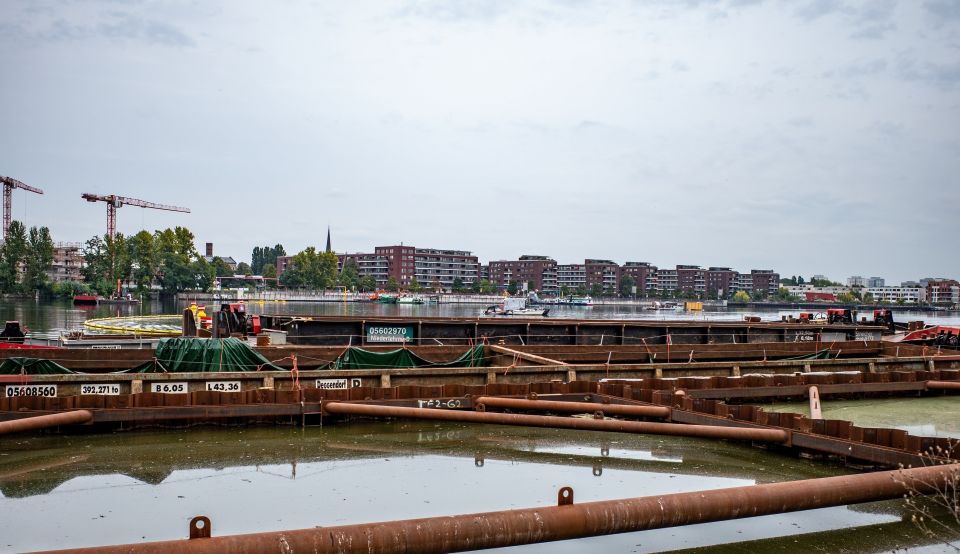
The guided tour of Rummelsburg provides visitors with an insightful exploration of the neighborhood’s rich historical legacy.
Conducted in German, the 2-hour excursion delves into the area’s development, from its early roots in nurseries, fisheries, and dairy to the hotel of notable institutions like the Friedrich orphanage, municipal workhouse, and infamous Rummelsburg prison.
Guests will discover how these facilities were used and transformed for various marginalized groups during the German Empire, Weimar Republic, and GDR era.
The tour also sheds light on the biographies of so-called ‘asocials’ who were imprisoned at Rummelsburg, as well as the historical significance of landmarks like the Klingenberg power station and municipal river bathing facility.
Historical Context and Development
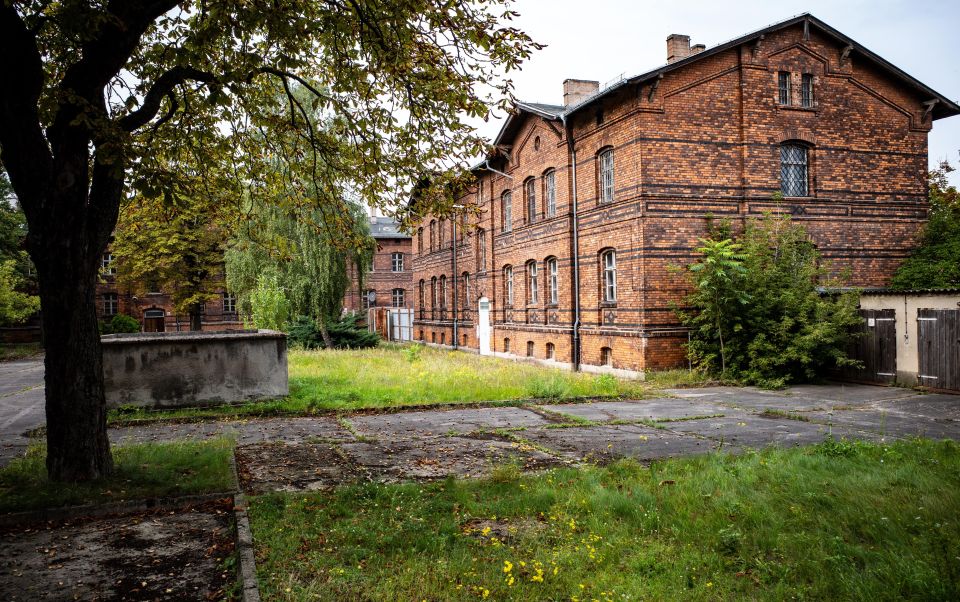
Rummelsburg’s rich history dates back to its early development as a hub for nurseries, fisheries, and dairy operations in the surrounding Rummelsburger Bucht and Stralau peninsula. In the late 19th century, several notable institutions were established in the area, including the Friedrich orphanage, the municipal workhouse, and the Rummelsburg prison. These facilities reflected the social and economic realities of the time, often housing marginalized groups such as the poor, the homeless, and the "asocial."
| Key Dates | Institutions Established |
|---|---|
| Late 19th Century | Friedrich orphanage |
| Municipal workhouse | |
| Rummelsburg prison | |
| 1989 | Prison converted to apartment hotel |
The history of these institutions and their evolving role in the community provide important insights into Rummelsburg’s development over time.
Institutions for Marginalized Groups
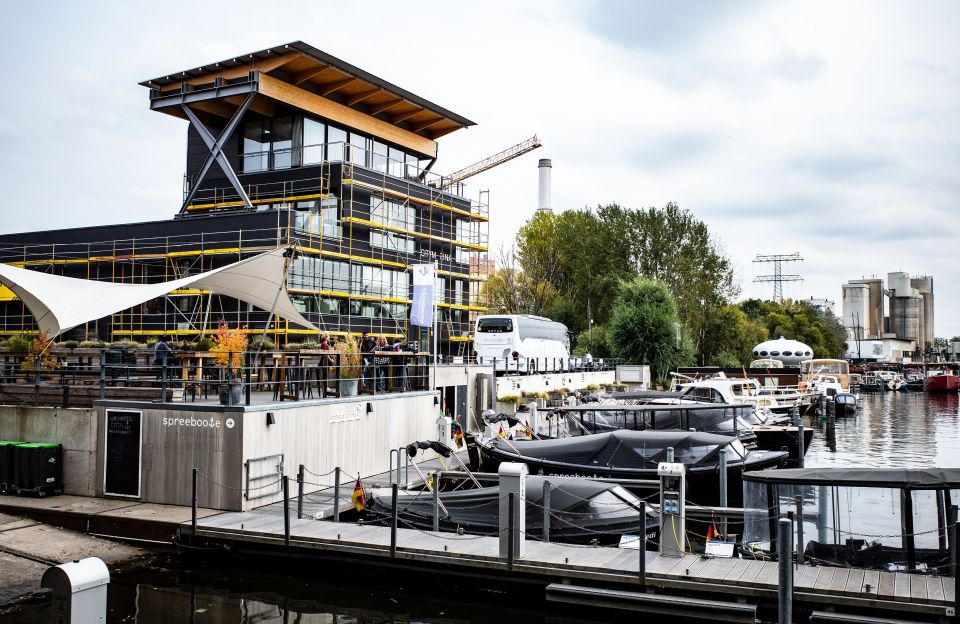
Many of Rummelsburg’s key institutions, like the Friedrich orphanage, municipal workhouse, and Rummelsburg prison, were established in the late 19th century to serve marginalized groups in the community.
These facilities were intended to provide housing, education, and rehabilitation for the poor, homeless, and those deemed ‘asocial’ by the state. While controversial, they reflected the paternalistic attitudes of the time, seeking to ‘reform’ society’s outcasts.
The prison, in particular, gained notoriety for its harsh conditions and use as a detention center for political dissidents.
Though now converted to more modern purposes, these institutions remain part of Rummelsburg’s complex historical legacy, serving as reminders of how the marginalized were once treated.
Imprisonment of Notable Figures
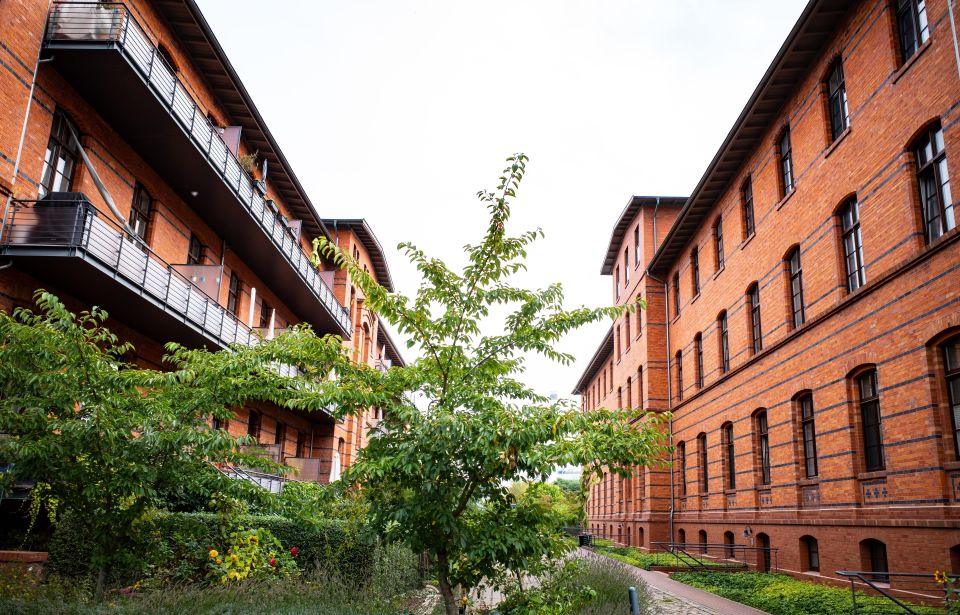
Infamously, Rummelsburg prison briefly held two of East Germany’s most powerful figures, Erich Honecker and Günter Mittag, following the collapse of the Communist regime in 1989.
Honecker, the former leader of East Germany, and Mittag, a high-ranking member of the Politburo, were imprisoned at Rummelsburg for a short period before being transferred to other facilities.
Their detention in this notorious institution, known for housing marginalized groups and ‘asocials’ throughout the 20th century, symbolized the dramatic downfall of the East German dictatorship.
The imprisonment of these once-influential figures within the walls of Rummelsburg underscored the historical significance of this site and its complex relationship with power, control, and the treatment of society’s outcasts.
Post-1989 Modernization and Transformation
Following the collapse of East Germany’s communist regime in 1989, Rummelsburg’s once-notorious prison was converted into an apartment hotel, marking a significant transformation of the site. Numerous apartment buildings and townhouses were also added to the area, modernizing the landscape along the Spree River.
The post-1989 redevelopment of Rummelsburg has brought about several notable changes:
- The former prison has been repurposed into a modern apartment hotel, offering visitors a unique accommodation experience.
- New residential buildings, ranging from apartments to townhouses, have been constructed, attracting a diverse population to the area.
- The overall architectural landscape has been revitalized, blending the historical elements with contemporary designs along the picturesque Spree waterfront.
Infamous Prison and Asocials
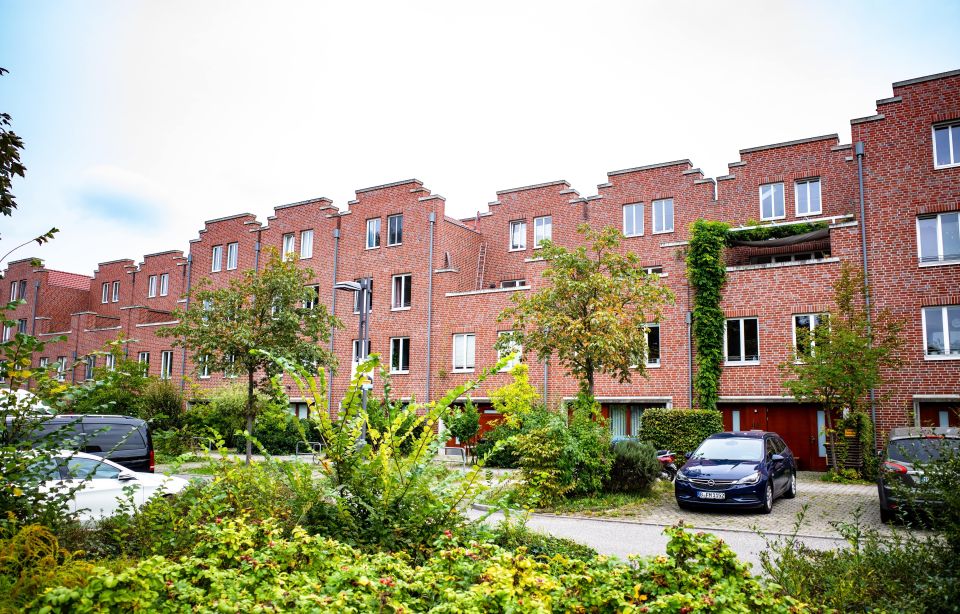
Rummelsburg’s prison, with its grim history, had long been associated with the incarceration of so-called ‘asocials‘ – individuals deemed a threat to the prevailing social order during the German Empire, Weimar Republic, and East German regimes.
The prison’s notorious reputation stemmed from its use as a holding facility for those considered undesirable, including the homeless, mentally ill, and political dissidents.
Though the prison has since been converted into an apartment hotel, its legacy lives on as a symbol of the harsh treatment and marginalization faced by these vulnerable groups throughout German history.
Today, visitors can learn about the biographies of the so-called ‘asocials’ who were once confined within its walls.
Klingenberg Power Station and Bathing Facility
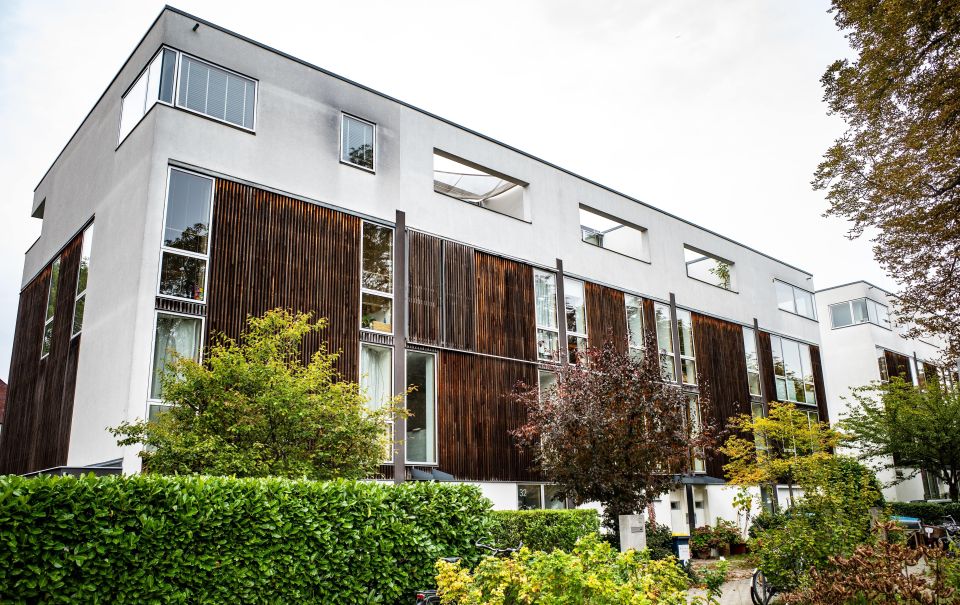
Alongside the historic prison, Rummelsburg also boasts the Klingenberg power station and a municipal river bathing facility, both of which played integral roles in the development of the area.
The Klingenberg power station, built in the late 19th century, supplied electricity to the growing city of Berlin, powering both homes and industry.
The municipal river bathing facility, located along the Rummelsburger Bucht, provided a popular recreational outlet for locals and visitors alike. It offered:
- Changing rooms and facilities for swimmers of all ages
- Lush, tree-lined grounds for sunbathing and relaxation
- A tranquil escape from the bustle of the city
These landmarks, alongside the notorious prison, help shape Rummelsburg’s unique historical character.
Recap: Rummelsburg’s Rich History
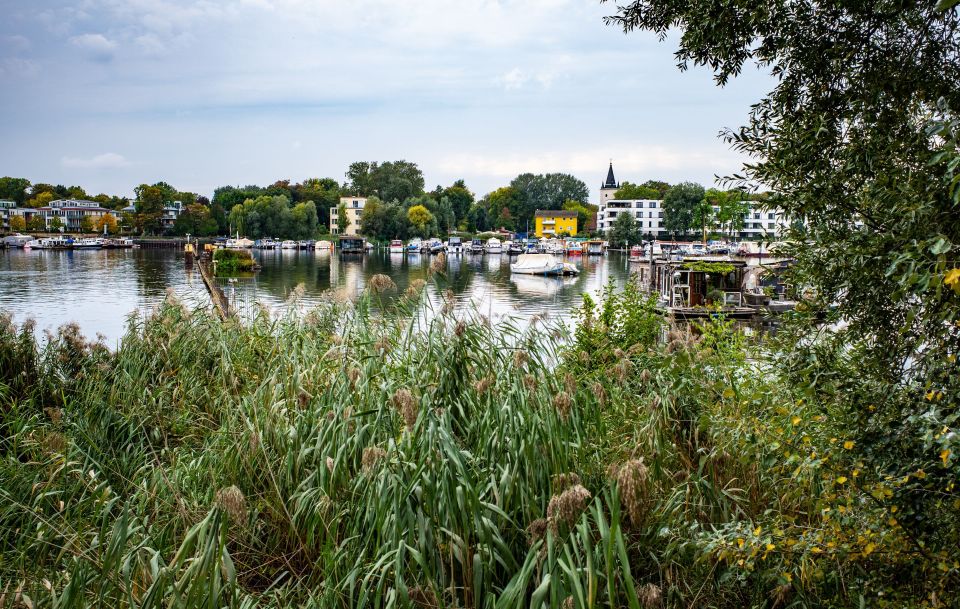
Though Rummelsburg’s past was marked by institutions intended to confine and control marginalized groups, the neighborhood’s rich history has given way to a vibrant modern community.
Today, the former prison has been converted into an apartment hotel, while other historic buildings now house private residences, offices, and artist studios.
Amidst this transformation, the area’s connection to its past remains evident, with the Klingenberg power station and municipal bathing facility serving as reminders of Rummelsburg’s industrial heritage.
As the neighborhood continues to evolve, its unique blend of history and modernity has made it an increasingly appealing destination for those seeking to experience Berlin’s dynamic urban landscape.
Frequently Asked Questions
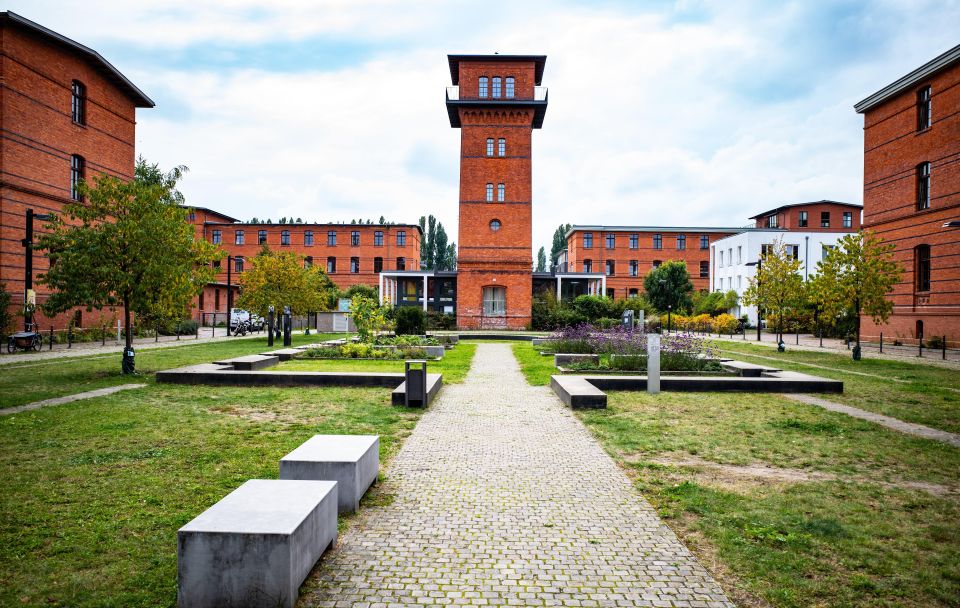
Is There an Option to Book the Tour in English?
The tour is currently only offered in German. However, the tour operator may be able to accommodate English-speaking visitors with advance notice. Guests should inquire about English language options when booking the Rummelsburg tour.
Can I Modify the Tour’s Duration or Schedule?
Yes, the tour duration and schedule can be modified. The tour is flexible, allowing you to reserve now and pay later. You can also cancel up to 24 hours before the tour for a full refund.
Is the Meeting Point Accessible by Public Transportation?
The meeting point for the Rummelsburg guided tour is Rummelsburg station, which is accessible by public transportation. Visitors can easily reach the starting point using local trains, buses, or other transit options in the area.
Are There Any Discounts or Special Offers Available?
The tour offers no special discounts, but you can save by booking in advance and taking advantage of the flexible cancellation policy up to 24 hours before the tour. This allows you to plan with confidence.
Can I Join the Tour as an Individual or Only With a Group?
You can join the Rummelsburg guided tour as an individual. The tour is open to the public, and you don’t need to be part of a group to participate. You can reserve your spot online or on-site.
Recap
Rummelsburg’s rich history has shaped its vibrant artistic scene.
The area’s industrial past and modern transformation create a dynamic cultural environment.
Artists draw inspiration from the juxtaposition of historical landmarks and contemporary developments, reflecting the region’s unique character.
Rummelsburg’s blend of history and innovation makes it a must-visit destination for art enthusiasts seeking to enjoy Berlin’s thriving creative community.


